Understand Rotator Cuff Repair Recovery in Mexico
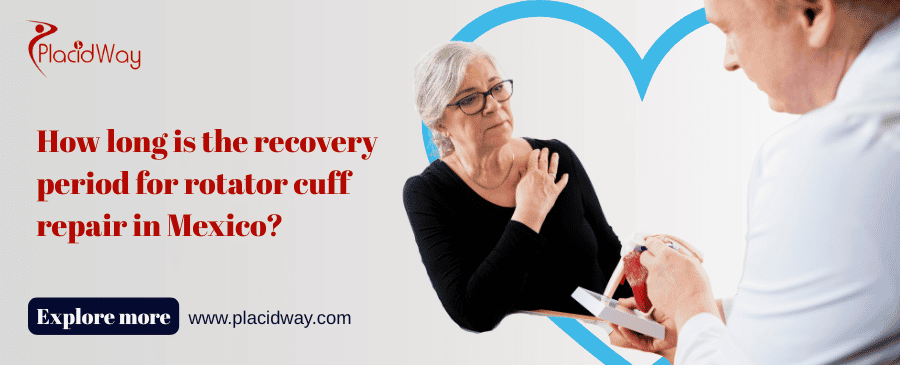
Undergoing rotator cuff repair in Mexico is a significant step towards alleviating shoulder pain and restoring function. A common and crucial question for patients is about the recovery period. The journey back to full strength and mobility is a gradual process, typically spanning several months. While the initial healing phase is relatively short, a complete recovery involves dedicated rehabilitation to ensure the best possible outcome. Understanding the stages of this process is key to managing expectations and achieving a successful recovery.
The recovery period for rotator cuff repair in Mexico can vary significantly from person to person, but most patients can expect a timeline of four to six months for substantial recovery, with some activities restricted for longer. This variation depends on several factors, including the severity of the rotator cuff tear, the type of surgical procedure performed, and the individual's overall health and commitment to physical therapy. The initial weeks are focused on protecting the surgical repair, followed by a phased approach to regaining motion and building strength.
How long is the immediate recovery after rotator cuff surgery in Mexico?
"The immediate recovery period, where you'll need to be in Mexico post-surgery, is typically around 7 to 10 days."
Following your rotator cuff repair surgery in Mexico, your orthopedic surgeon will want to monitor your initial progress before you travel back home. This period allows for immediate post-operative care, including wound checks and a follow-up appointment with your surgeon. You will be provided with instructions on how to care for your shoulder, manage pain, and wear your sling correctly. Although you'll be able to fly home after this initial period, your full recovery journey is just beginning.
This initial phase is critical for protecting the repaired tendon. You will be advised to keep your arm immobilized in a sling for the majority of the time. Simple activities like dressing and personal care will require some adjustment. Your medical team in Mexico will ensure you are comfortable and well-informed before you depart, often providing you with a detailed plan for the next stages of your recovery.
What does the full recovery timeline for rotator cuff repair look like?
"A full recovery from rotator cuff repair can take anywhere from 4 to 12 months, depending on the specifics of your surgery and your dedication to rehabilitation."
The recovery process is generally broken down into distinct phases. The first phase, lasting about 4 to 6 weeks, is focused on passive motion, where your arm is moved for you, either by a therapist or with the help of your other arm. This prevents stiffness without putting stress on the healing tendon. The next phase, from about 6 to 12 weeks, involves active motion, where you begin to use your own muscles to move your shoulder.
The final and longest phase is strengthening, which typically starts around 3 months post-surgery and can continue for several more months. This is when you'll work on rebuilding the muscles around your shoulder to provide support and prevent future injuries. Adherence to your physical therapy program during each of these phases is paramount to achieving a full and successful recovery.
What factors can affect my recovery time?
"The primary factors influencing your recovery time are the size and complexity of your rotator cuff tear, the type of surgery performed, your age, and your overall health."
A small, straightforward tear will generally heal faster than a large or complex one. Similarly, arthroscopic surgery, which is minimally invasive, often has a quicker initial recovery period compared to open surgery. Younger patients and those in good physical condition before surgery tend to recover more quickly.
Other factors include your commitment to the rehabilitation program, your pain tolerance, and whether you have any underlying health conditions that could slow down the healing process, such as diabetes or a smoking habit. Your orthopedic surgeon in Mexico will discuss these factors with you and provide a more personalized recovery timeline based on your individual circumstances.
When can I stop wearing a sling after rotator cuff surgery?
"Most patients will need to wear a sling for 4 to 6 weeks after their rotator cuff repair surgery."
The sling is essential for protecting the repaired tendon and allowing it to heal properly. It keeps your arm in a supported position and prevents you from accidentally using it for activities that could compromise the surgical repair. While you'll be able to remove it for short periods for exercises and personal hygiene, it's crucial to wear it as prescribed by your surgeon.
Your surgeon will let you know when it is safe to discontinue using the sling. This decision will be based on the healing of your tendon, which is typically assessed during your follow-up appointments. It's important not to rush this step, as premature removal of the sling can lead to complications and a longer overall recovery.
How soon can I return to a desk job?
"If you have a sedentary desk job, you may be able to return to work within 1 to 2 weeks after your surgery, provided you can manage any discomfort."
Returning to a desk job is often possible relatively quickly because it doesn't involve strenuous use of your shoulder. However, you will still be wearing a sling and may experience some pain or fatigue. It's important to have an ergonomic setup that allows you to work comfortably without straining your shoulder.
You should discuss your return to work with your surgeon and your employer. You may need to make some adjustments to your workspace, such as using a supportive chair and ensuring your keyboard and mouse are positioned to minimize shoulder movement. Even with a desk job, you'll need to be mindful of your limitations and continue to follow your post-operative instructions carefully.
When can I start driving again?
"You should not drive for at least 4 to 6 weeks after your rotator cuff surgery, or until you are no longer wearing a sling and have regained sufficient control of your arm."
Driving requires the use of both hands and the ability to react quickly, which is not possible while your arm is in a sling. It's crucial to wait until your surgeon gives you the green light to get back behind the wheel. Driving before you are ready can be dangerous for you and others on the road.
Once you are out of the sling, you'll need to have enough strength and range of motion to control the steering wheel and gearstick (if applicable) comfortably and safely. It's a good idea to start with short, familiar routes and gradually increase the duration of your drives as you feel more confident.
What kind of physical therapy is required after rotator cuff repair in Mexico?
"A structured and progressive physical therapy program is essential for a successful recovery after rotator cuff repair surgery."
Your physical therapy will begin shortly after your surgery, often within the first week or two. Initially, the focus will be on gentle, passive range-of-motion exercises to prevent stiffness. As your shoulder heals, your therapist will guide you through active range-of-motion exercises, where you use your own muscles to move your arm.
The next stage of physical therapy involves strengthening exercises to rebuild the muscles around your shoulder. This is a crucial phase for restoring function and preventing future injuries. Your physical therapy program, which you can continue in your home country, will be tailored to your specific needs and will gradually increase in intensity as you get stronger.
How can I manage pain during my recovery?
"Pain management after rotator cuff surgery typically involves a combination of prescribed pain medication, ice packs, and rest."
Your surgeon in Mexico will prescribe pain medication to help you manage discomfort in the initial days and weeks after your surgery. It's important to take this medication as directed. Applying ice packs to your shoulder for 15-20 minutes at a time, several times a day, can also help to reduce pain and swelling.
Rest is also a critical component of pain management. Your body needs time to heal, so it's important to avoid overexerting yourself. As you progress through your recovery and your pain subsides, you will be able to gradually reduce your reliance on pain medication.
When can I return to sports and other physical activities?
"Returning to sports and more strenuous physical activities will take several months, with a full return to high-impact or overhead sports potentially taking up to a year."
The timeline for returning to sports is highly individual and depends on the demands of the activity. Low-impact activities like swimming or cycling may be possible within a few months. However, sports that involve throwing, lifting, or sudden movements of the shoulder, such as tennis or weightlifting, will require a much longer recovery period.
It is crucial to get clearance from your orthopedic surgeon and physical therapist before resuming any sporting activities. Returning too soon can put you at risk of re-injuring your rotator cuff, which could set your recovery back significantly. Your medical team will help you create a safe and gradual plan for returning to the activities you love.
Are there any long-term restrictions after rotator cuff repair?
"For most people, there are no significant long-term restrictions after a successful rotator cuff repair and rehabilitation."
The goal of rotator cuff surgery is to restore full, pain-free function to your shoulder. With a successful surgery and a comprehensive rehabilitation program, most people are able to return to all of their previous activities without any major limitations. However, it's always a good idea to be mindful of your shoulder health.
This includes continuing with a maintenance program of strengthening and stretching exercises to keep your shoulder strong and flexible. It's also wise to use proper form and technique during physical activities to minimize the risk of future injuries. By taking good care of your shoulder, you can enjoy the long-term benefits of your rotator cuff repair.
Ready to explore your options for rotator cuff repair in a world-class medical facility? PlacidWay can connect you with leading orthopedic surgeons and hospitals in Mexico and around the globe. Explore PlacidWay for your healthcare solutions today!


.png)
.png)

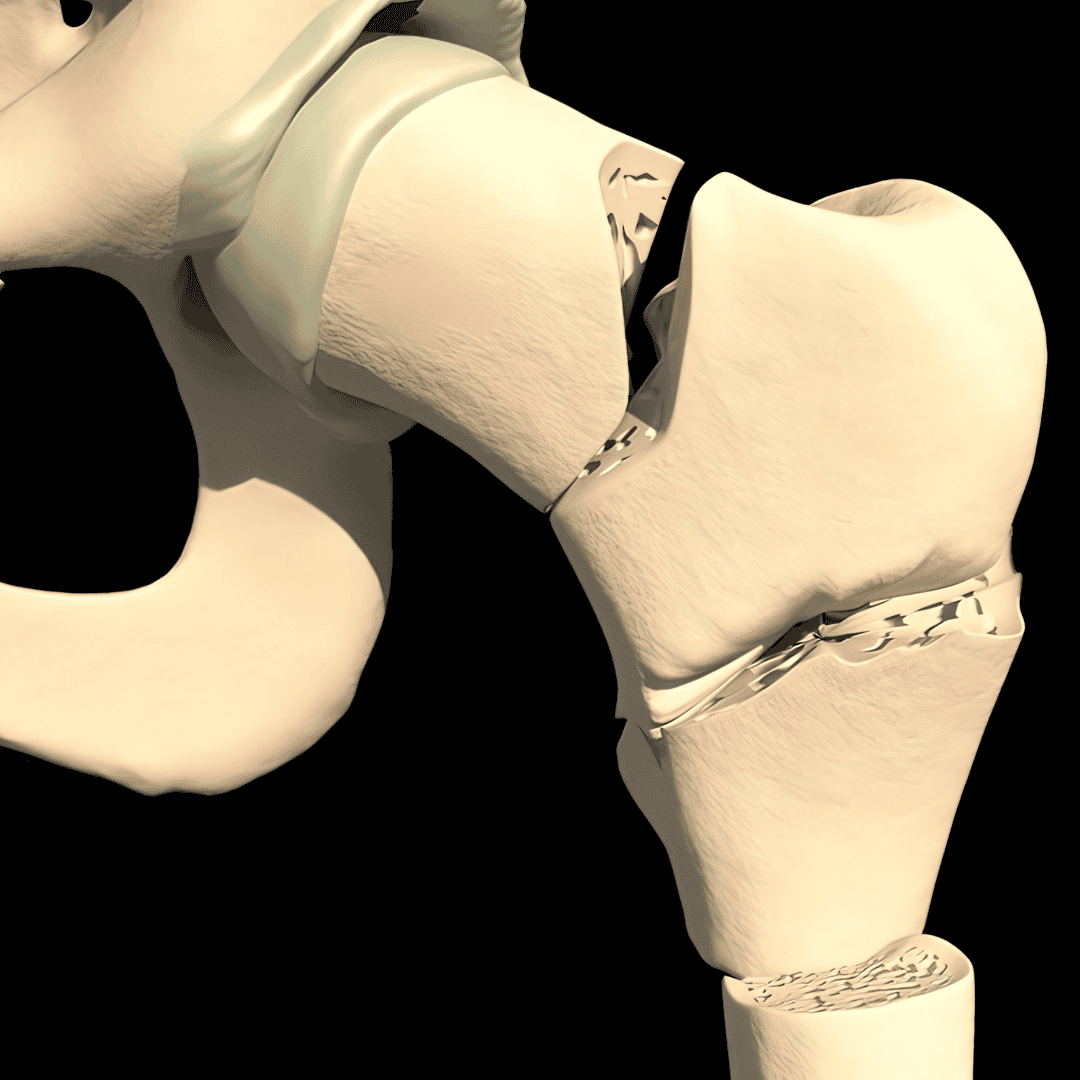
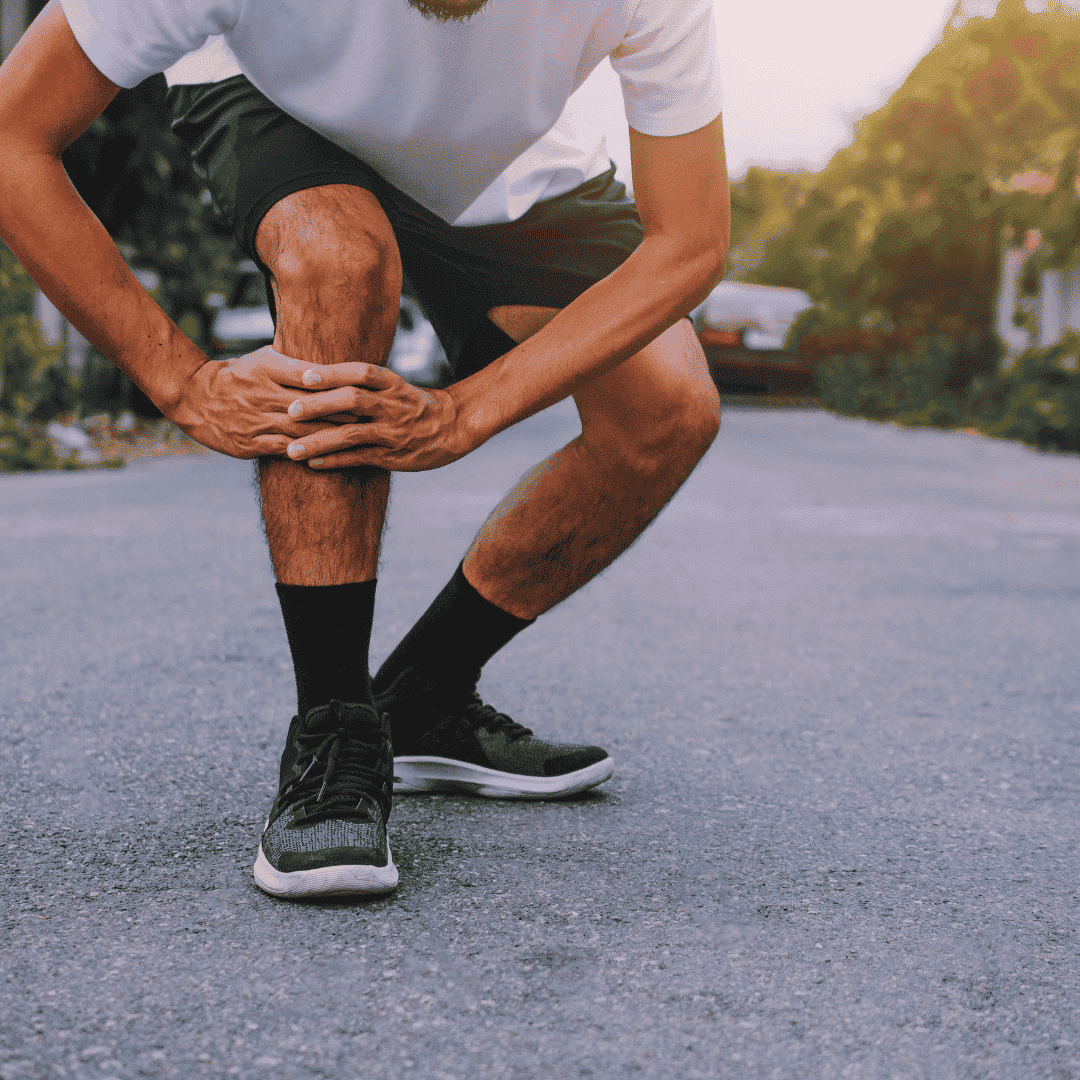
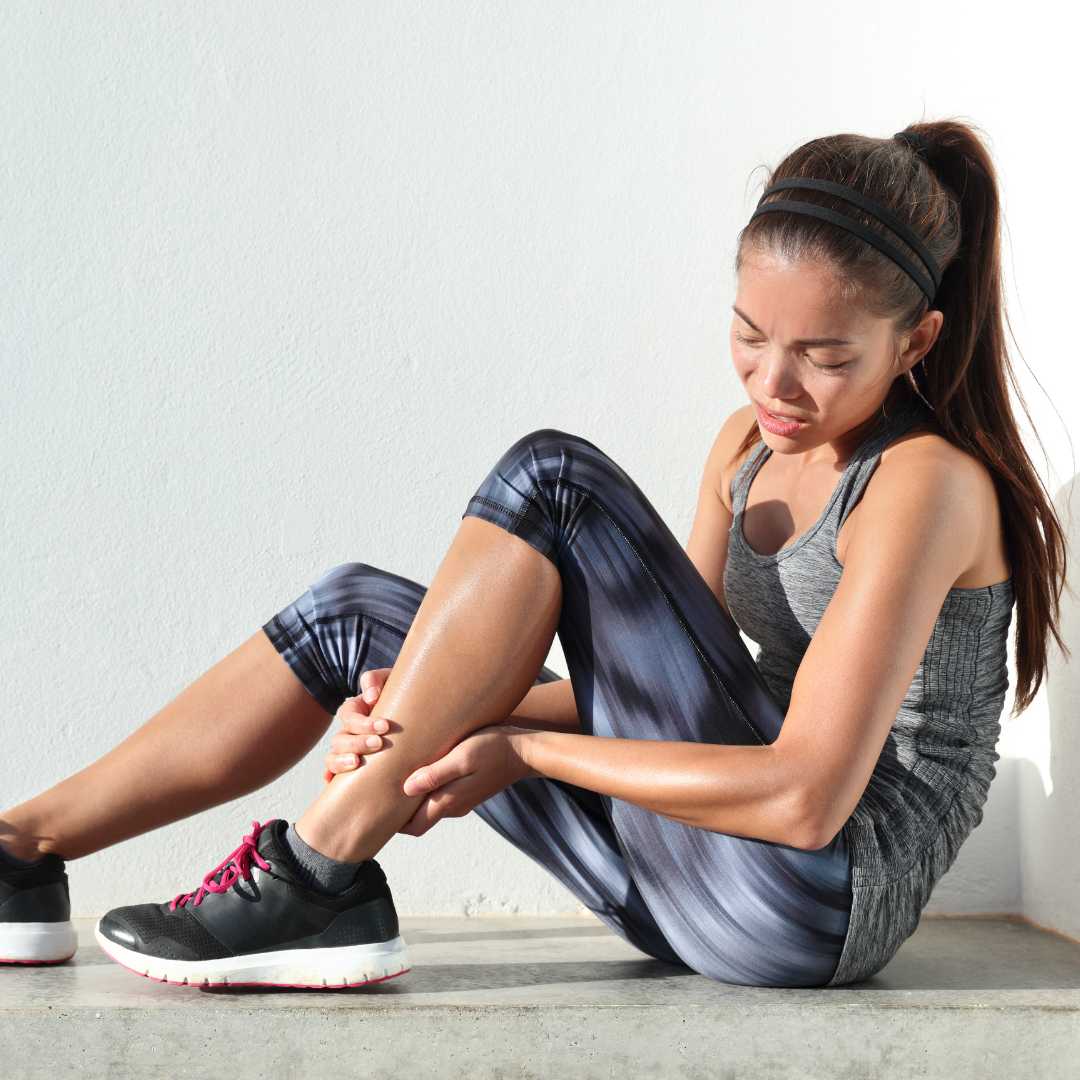

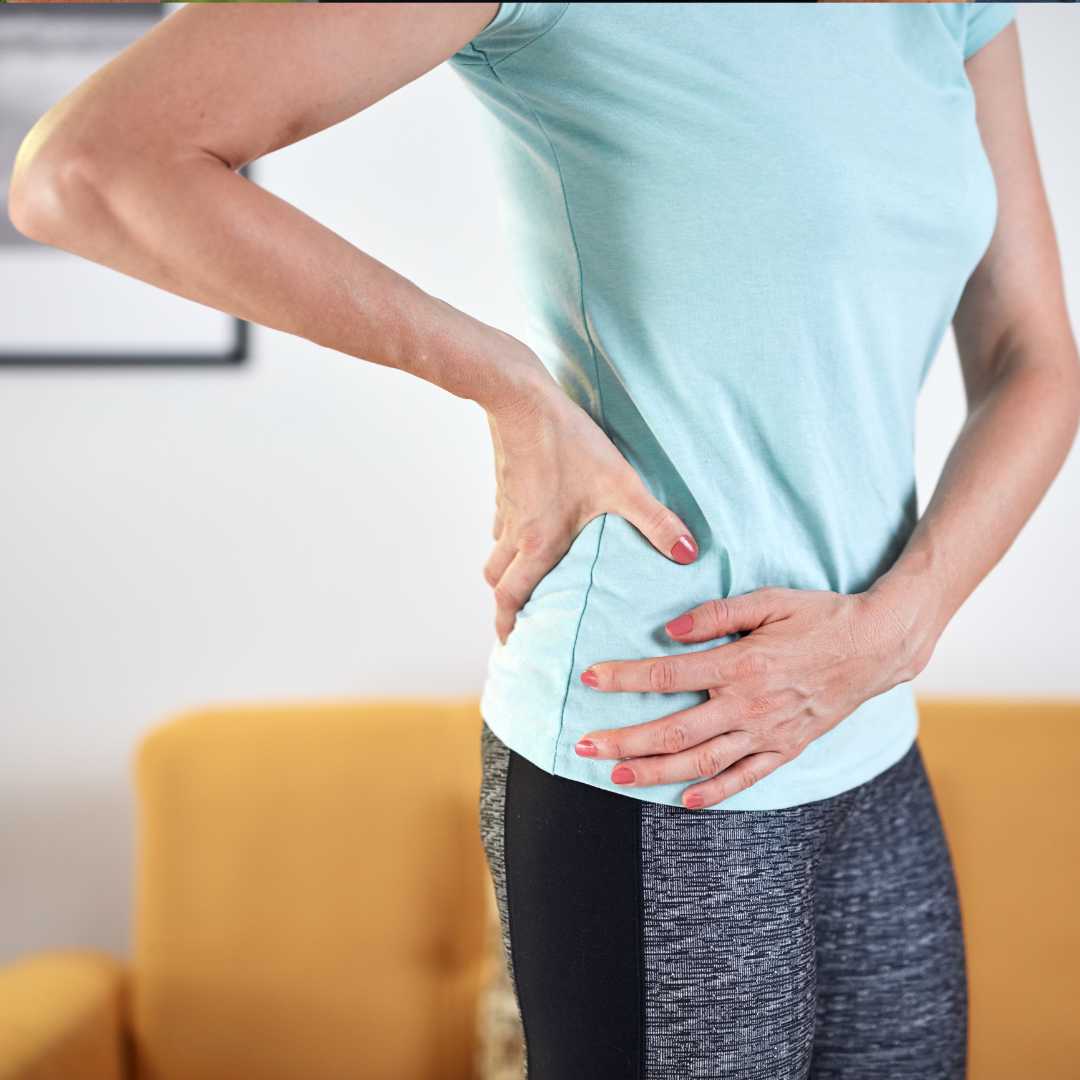
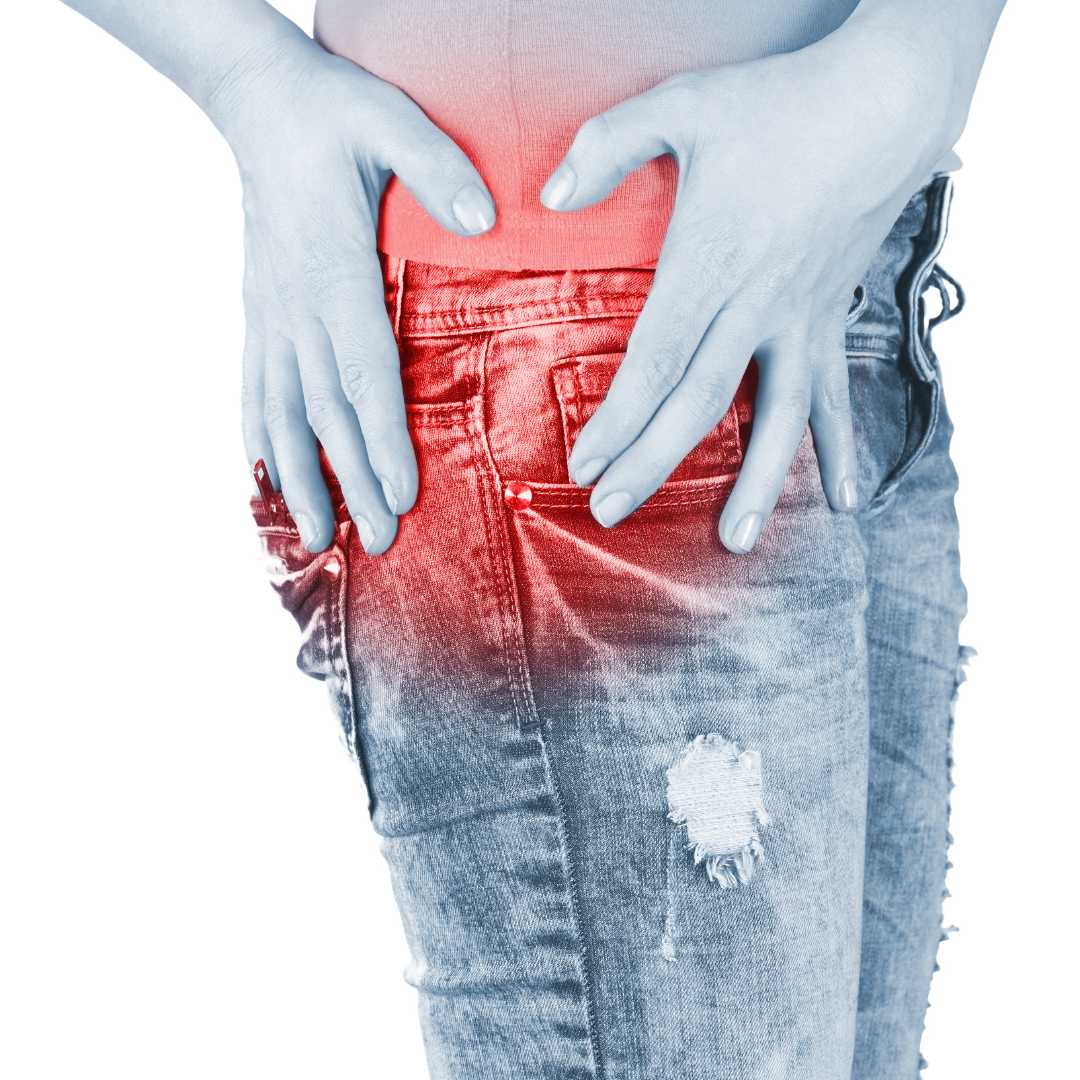
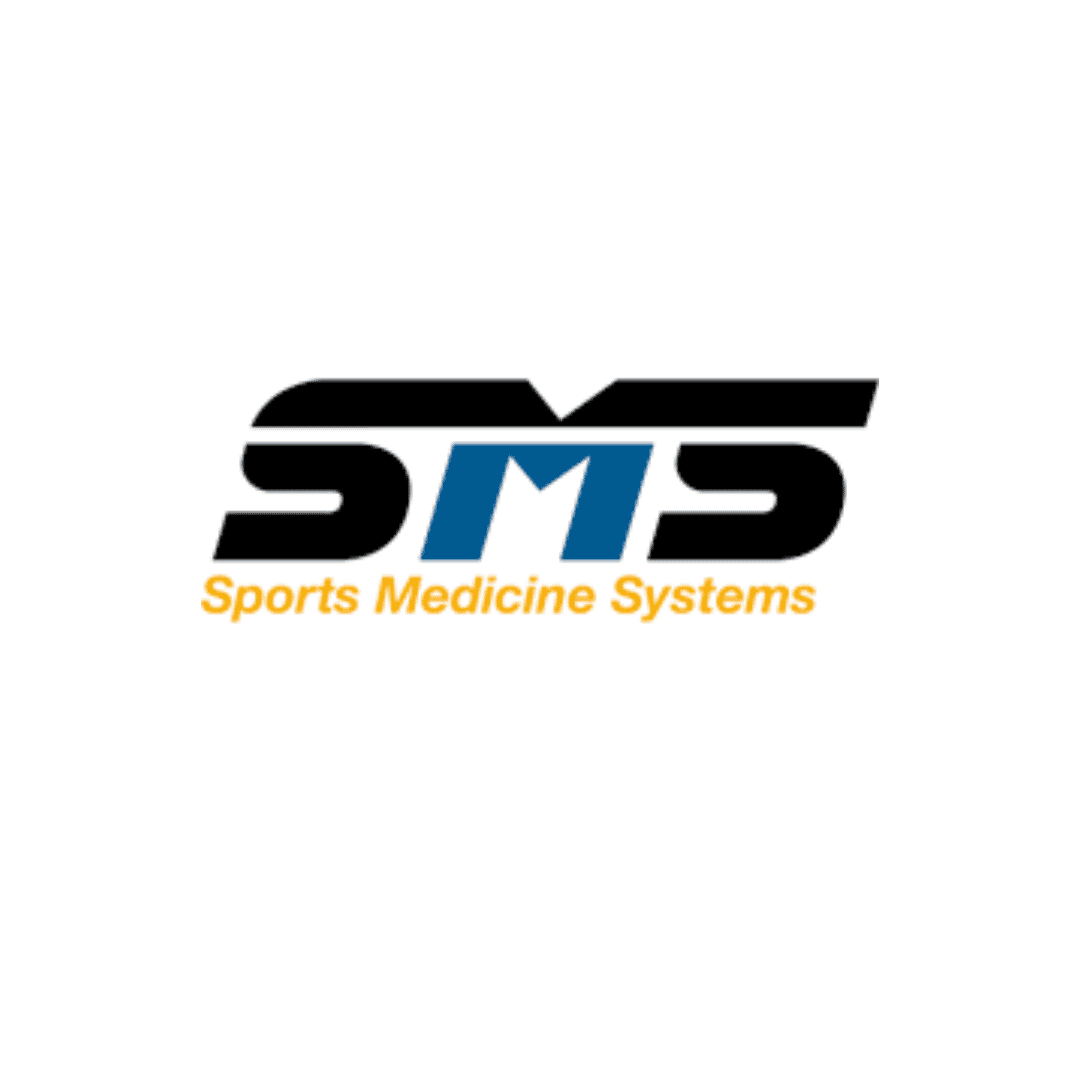
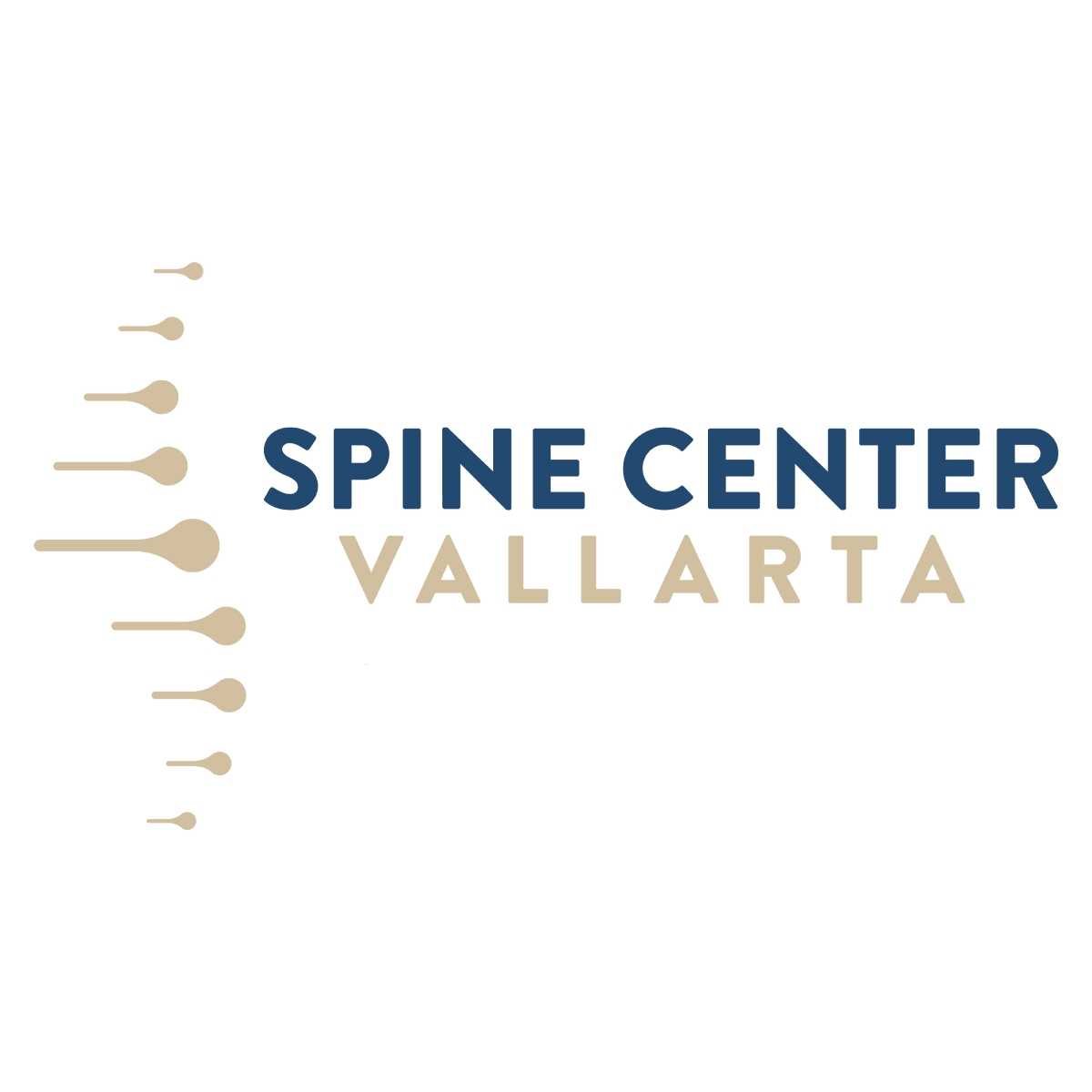
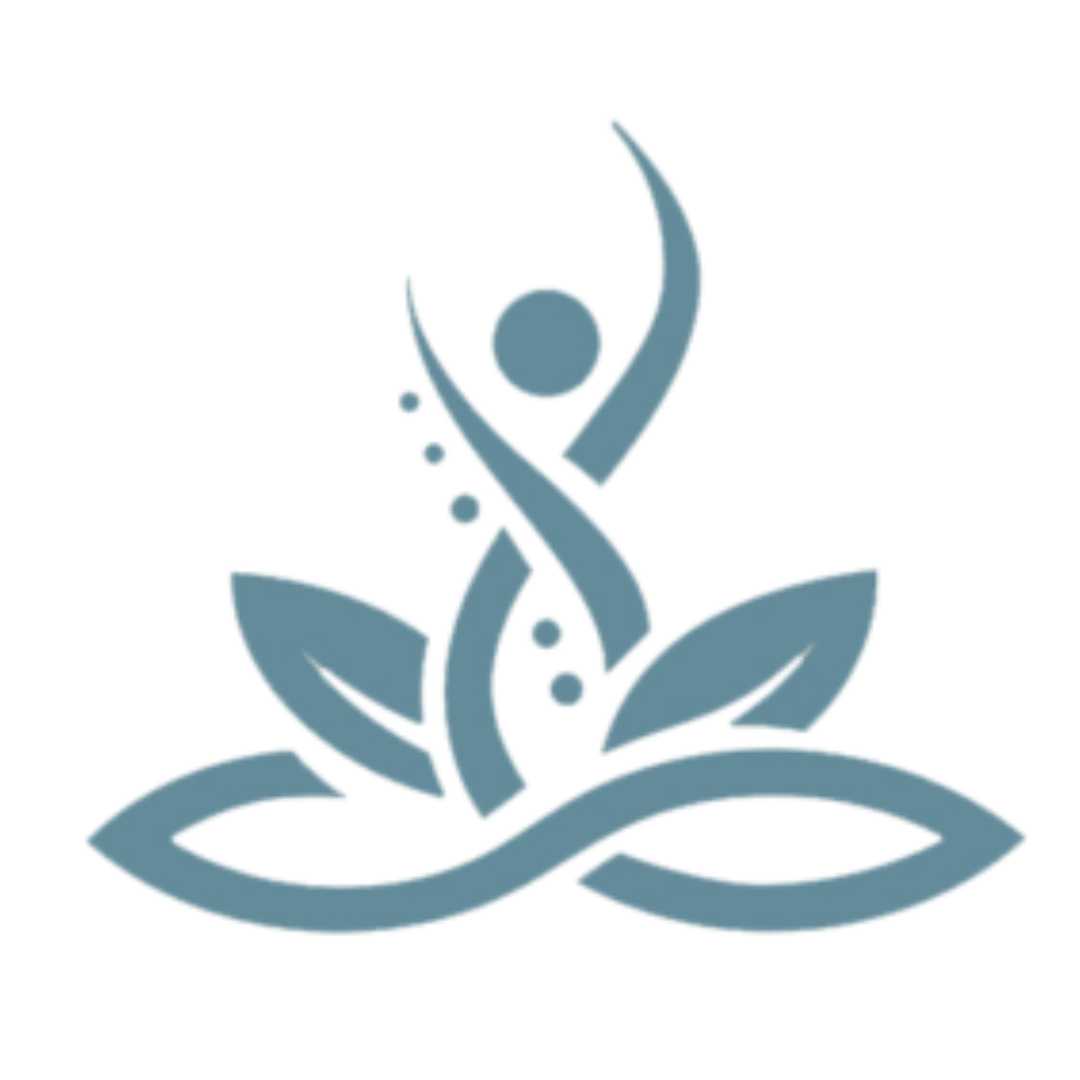
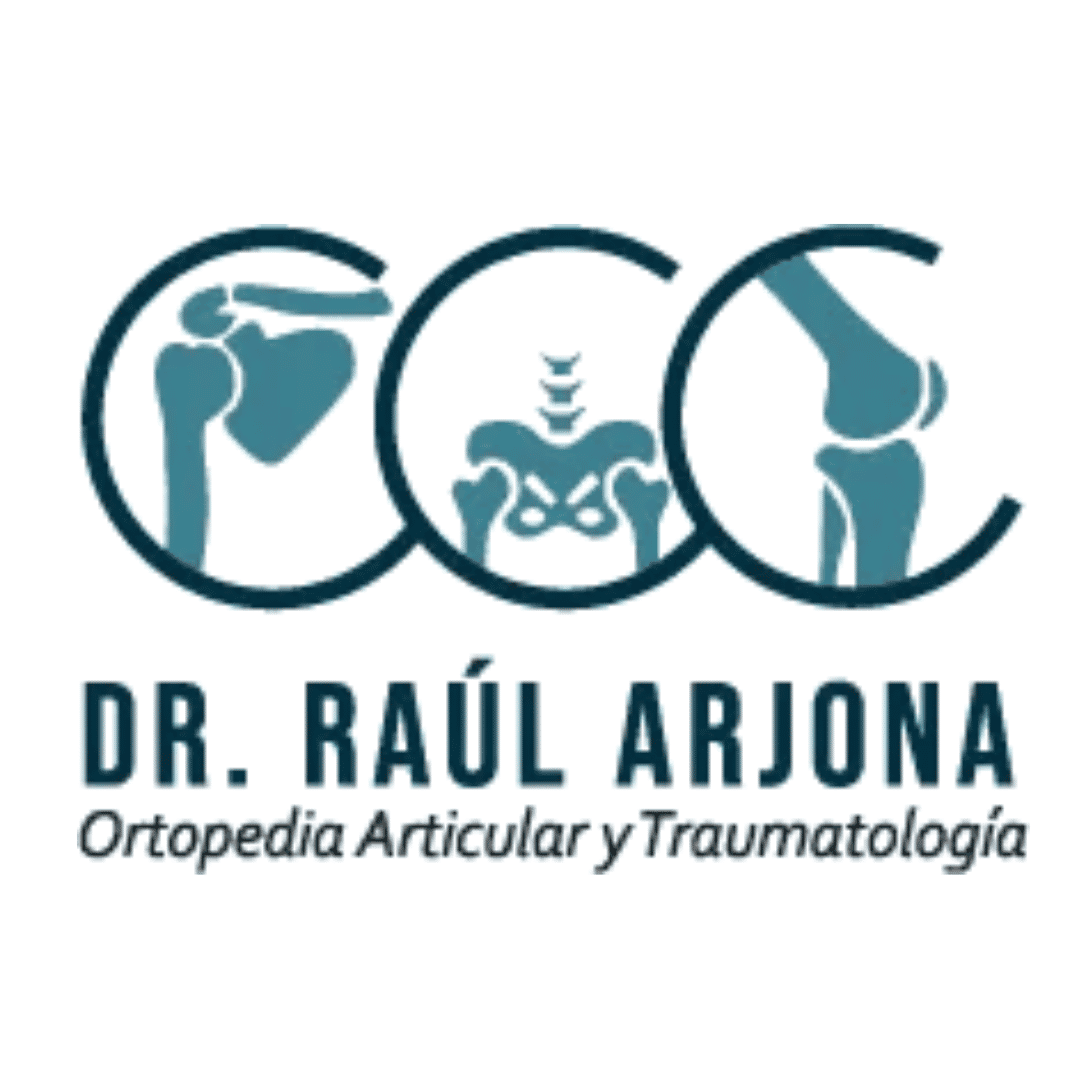
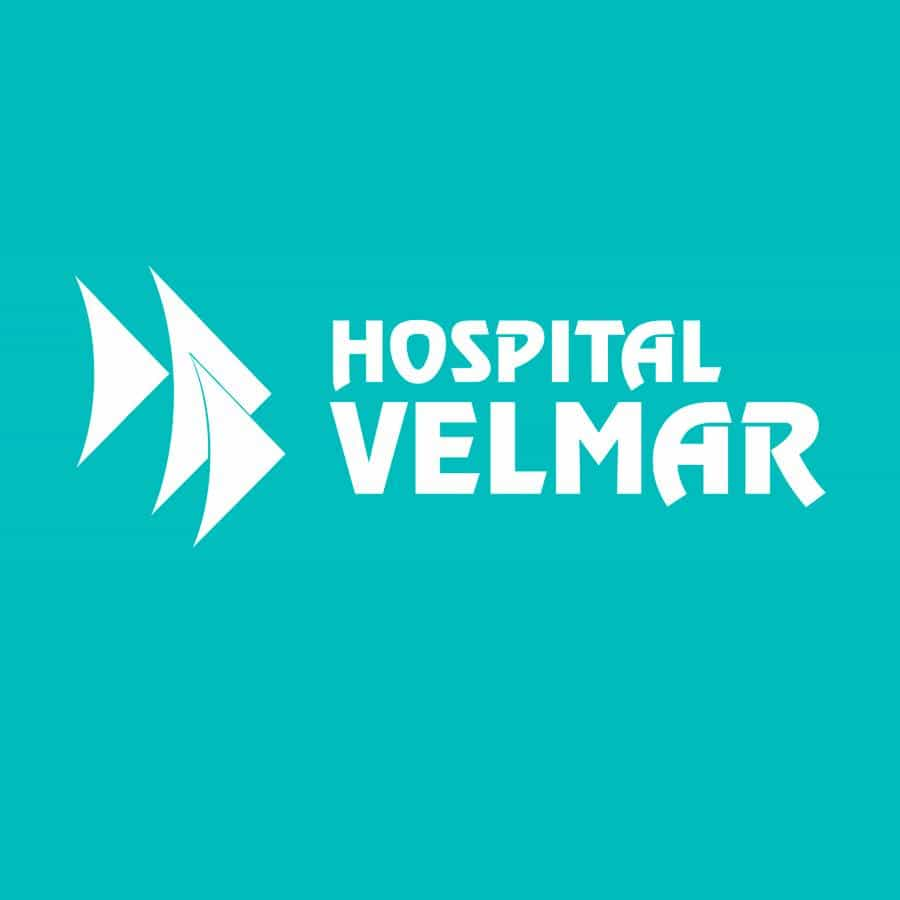

Share this listing